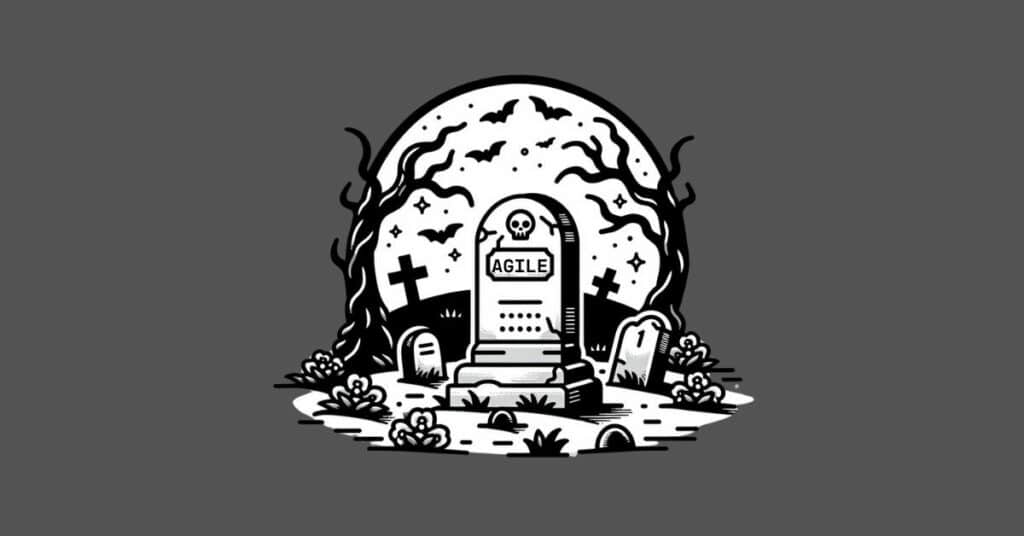At Sigao Studios, we are passionate about making scrum perform well for clients.
In our scrum implementations, we recognize that culture and process work together. Attempting to put scrum process in place without considering the organizational culture can cause poor performing scrum implementations.
One of the core philosophies of scrum is self-directed teams. This is one of several attributes of scrum which may conflict with organizational culture, particularly one based in principles of ‘traditional’ management. Such conflicts can derail a scrum implementation or severely inhibit its productivity; in this post, I’ll talk about three.
Self-directed teams can expose a permission-based organization.
In traditional management thought, the manager gives subordinates permission, either implicitly or explicitly, to perform their work. Permission-based organizations have a culture in which the doers feel that they must have explicit or clearly implied permission before they can take action. This culture reveals itself in: emails CCed to the leader in which intent is expressed, often vaguely, to do something; permission-seeking interruptions – “Hey, just wanted you to know that I’m about to…”; FYI communications prior to action, rather than direct reports of what has been accomplished. These activities are all veiled attempts by the doers to get a leader to tell them what to do, or at least for the manager to stop the doers from taking a misstep. In short, given the authority to make decisions, doers often reject it through seeking permission. This weakness can be countered by training in a mature delegation model.
Self-directed teams can also expose a lack of sound self-management principles throughout the organization.
In traditional management thought, the manager tells the subordinates what to do. Traditionally-minded managers and doers understand and expect this. Therefore, no one in the organization, including the individual doers, expects doers to have a robust model of self-management. This culture reveals itself in dropped commitments, scattered efforts in many directions, and poor productivity. In short, given the authority to self-determine their work, doers have not been trained to do so. (Sadly, many managers also do not have robust self-management models.) This weakness can be countered by organization-wide training in mature self-management models.
Finally, self-directed teams can expose a lack of candor in communications.
In traditional management thought, the manager is to be accorded a different level of respect than peers. The manager has more power, knowledge, and authority than subordinates. Therefore, bad news and negative feedback can only flow in one direction, from the manager to the subordinate. This culture reveals itself in a lack of candid communication in regard to both style and content. Add to this the general reluctance that people have toward candor and communication grinds to a halt as doers carefully craft communication to leaders and strenuously avoid reporting bad news. In short, put in a position of greater knowledge about progress and problems, doers struggle to communicate their knowledge to the organization. This weakness can be countered by organization-wide training in candid communication methods.
As a core philosophy of scrum, self-directed teams require an organizational and leadership culture with strong delegation models, strong self-management models, and candid communication methods. Sigao staff have developed such models and coaching processes around them. Sigao coaching personnel lead client managers and staff to see these aspects of their firm’s culture and effectively address them.






















